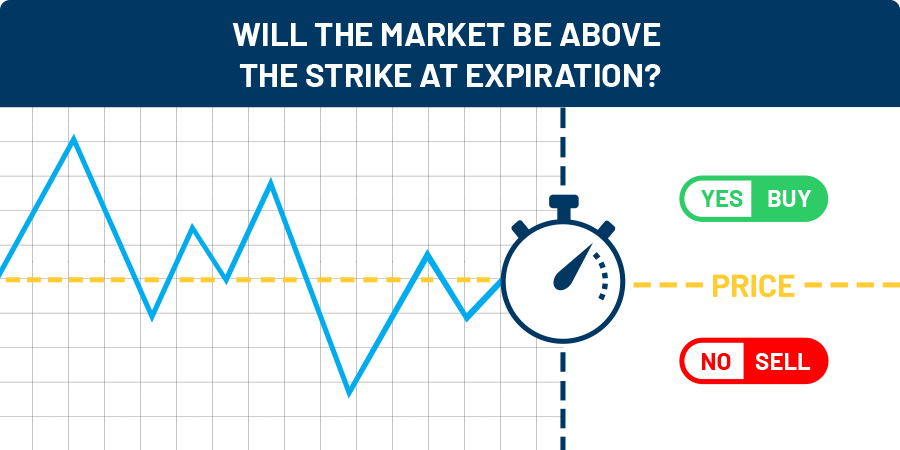
Image: www.projectfinance.com
In the realm of options trading, the IV figure (implied volatility) stands as a fundamental pillar that guides traders’ decision-making and risk management strategies. Understanding this metric is crucial for any trader seeking success in this dynamic market.
Understanding Implied Volatility: Unveiling the “Expected” Future
Implied volatility (IV) represents the market’s perception of the potential price fluctuations of an underlying asset over a specified period. Simply put, it quantifies the amount of volatility that the market expects in the future. It is derived from the prices of options contracts and offers insights into traders’ collective sentiment and expectations about the asset’s price movements.
A higher IV implies that the market anticipates significant price fluctuations, while a lower IV suggests a more stable price trajectory. Volatility can be influenced by various factors, including upcoming news events, earnings releases, economic data, and overall market conditions.
The Significance of IV in Options Trading
IV plays a pivotal role in options trading, affecting the premiums (prices) of options contracts. Options with higher IV fetch higher premiums, as they offer potential protection against wider price swings. Conversely, options with lower IV command lower premiums, signifying a lesser likelihood of substantial price fluctuations.
Understanding IV allows traders to:
- Assess market expectations regarding future volatility.
- Fine-tune trading strategies based on volatility trends.
- Adjust option premiums to mitigate risk or enhance profit potential.
The IV Figure in Practice: Decoding Market Volatility
To determine an option’s IV, traders can utilize online calculators or specific trading platforms. It is typically expressed as an annualized percentage, representing the estimated volatility level over a contract’s life. For instance, an IV of 30% implies that the market predicts the underlying asset’s price to fluctuate within a 30% range over the next year.
Implications of IV on Trading Decisions: Tapping into Market Sentiment
High IV levels signal that the market perceives the underlying asset as potentially volatile. This can entice traders to purchase call or put options, allowing them to capitalize on the price fluctuations. Conversely, low IV levels may prompt traders to sell options (sell-to-open), anticipating minimal price swings and earning an income through option premiums.
Traders should carefully consider IV when selecting options strategies. Misjudging volatility can lead to significant losses. Monitoring IV fluctuations and staying up-to-date with market trends are essential for effective options trading.
Conclusion: Embracing Implied Volatility in Your Trading Toolkit
Implied volatility is a vital indicator that provides traders with an invaluable glimpse into the market’s expectations and sentiment regarding future price movements. Understanding IV empowers traders to make informed decisions, adjust their strategies accordingly, and ultimately enhance their trading performance. Embracing the IV figure in your options trading toolkit is the key to unlocking its full potential and achieving success in the ever-evolving markets.

Image: www.blackenwhitemarketing.net
Market Trading Options Iv Figure Means

Image: www.tradethetechnicals.com






